Dear Artist,
Yesterday, Melinda Wilde of Gabriola Island, B.C., wrote, “I’m design challenged. I see the shapes and I love the shapes but, for whatever reason, I just can’t get my work to go WOW with them. I’m quite sure it’s a design problem as technically I’m not bad. Can you suggest some exercises that might help?”
Thanks, Melinda. In childhood, our first art is often in the form of line drawing. In many cultures, children begin by delineating to describe their new world. Colouring books and other childhood media lead to the early triumph of lines over shapes. Colouring goes “between the lines” and even silhouettes become edges to be traced or cut out. Would-be painters need to unlearn these programs.
Before you start painting, whether from life, reference material, or from your imagination, canvas your subject matter for evidence of shapes. As an exercise, don’t tackle motifs that lack them. Simply find ones that have them.
Find them by half-closing your eyes and reducing material to pattern. Colour and line are not important at this stage. Look for potential shapes that are not standard squares, circles or triangles. Look for irregular shapes, preferably ones that interlock or interact in some way with one another. Look for big shapes as well as small ones — shapes need not be of equal size nor equidistant from one another. While you’re looking for these shapes, look also to the potential of other shapes to fit around them. In other words, plan ahead for the advent of negative shapes.
Also, let your strokes be wide rather than narrow. Put down blocks of tone value — patches — rather than lines. Use your larger tools to block in your patches.
Further, let a shape committed in one area be echoed, reversed or mimicked in another area. In other words, go here and there as though you don’t know what you’re doing. Go back and forth from one side to the other, and up and down as well.
These early procedures go a long way toward establishing a strong composition. The ultimate test, even though the viewer may not recognize the subject matter, is that the work-in-progress also functions both upside down and sideways.
Best regards,
Robert
PS: “Subject matter is not nearly as important as the arrangement of the elements into a pattern. Thus, the abstraction that contains no recognizable object may be a satisfying work of art.” (Ted Kautzky)
Esoterica: Artists who work with fabrics — fibre artists, stitchers, quilters, etc. — have an advantage over brush-painters who might just happen to fall into the weak-composition trap. Fabric artists automatically work in patches. When we put our minds to it, painters can, too. I call it “Switch to swatch.” This is where the “wow” happens. It’s a mental thing. But then again, a lot of painting is.
Featured Artist
I am a landscape painter exposing the mystery in an ordinary day.

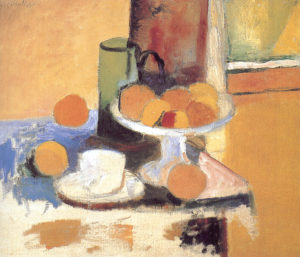
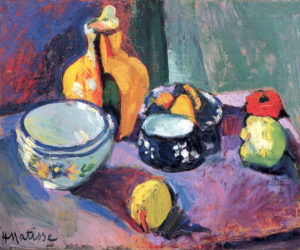
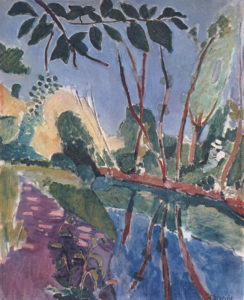
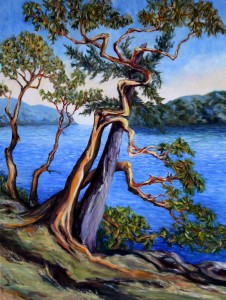
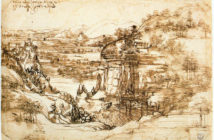
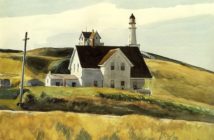
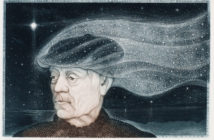
8 Comments
Very on topic for me. Thanks for getting this from the archives. I feel exactly the same way as Melinda Wilde
I saw something somewhere about cutting pieces of colored paper to indicate the various shapes in a scene and I always forget about seeing the shapes first and I think I need to remember that before I began to paint. So thanks for the reminder.
The Matisse paintings, with three levels of refinement of the shapes, tell this same tail visually. Thanks!
Excellent. Have been painting but a short time, it’s only been in last 6 weeks this concept became apparent to me. This really helped bring many things to get her.
It’s Kautzky with a z, not an s. Giving credit where it’s due.
Thanks for correcting the misspelled last name of this artist. Nice to know you read replies. Jean
Interesting article. Thanks for sharing. Sue J.
axoduv